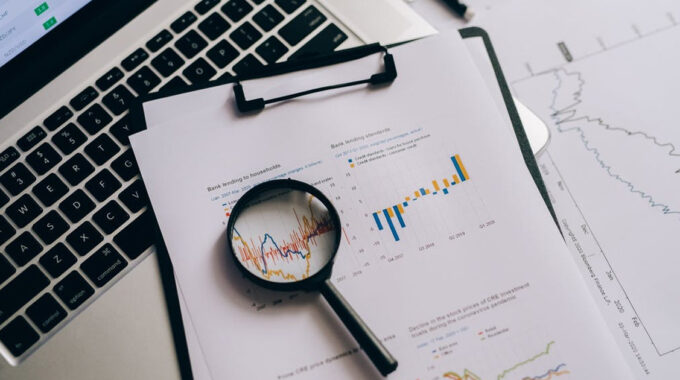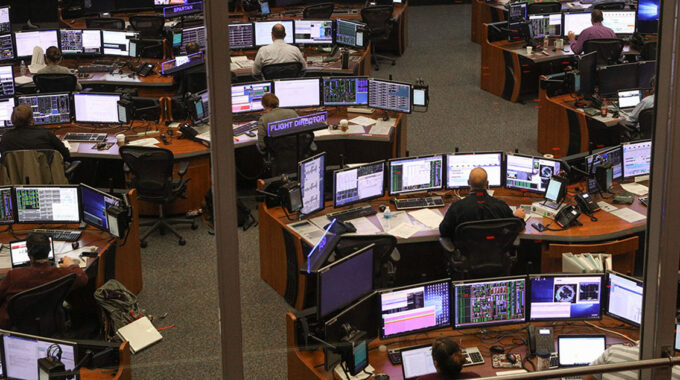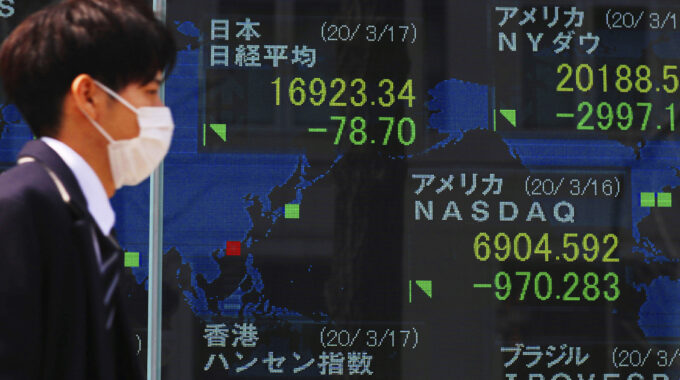
Examining Artificial Intelligence Vision Systems
Today, technology has had a significant impact on almost every functional sector of the world. Not only has physical work decreased, but the velocity at which everything is completed has significantly improved, potentially allowing organizations to do more in less time. This has also benefited business operating models since more may be accomplished with less money, time, and energy, allowing the remaining components to be used to produce something more productive. Artificial intelligence is one of the most modern and remarkable technologies that huge organizations are developing. Machine intelligence, often known as artificial intelligence, is intelligence demonstrated by machines. One such machine is the artificially intelligent vision systems discussed in the Berkeley website article. According to the article, artificially intelligent technologies are gradually embedding themselves into our daily lives. Artificial intelligence is at the heart of many key modern breakthroughs. However, artificial intelligence systems must be trained to recognize items such as automobiles, people, or barriers.
Examining artificial intelligence vision systems
According to the article, security necessitates it being imperative that the system understands its limitations and identifies when it fails to recognize something. The work makes use of research on unique visual stimuli that were not previously available online. Once submitted, these photographs were fed into AI algorithms, which named the things observed in each image and returned confidence for each identification. The photos were shown to individuals and they were asked to identify things in the photographs and express their confidence in order to compare the accuracy of different AI systems. A new set of human judges was requested to access the results to improve accuracy even more. The outcomes of both the human and artificial intelligence confidence tests were analyzed. According to the findings, both humans and AIs are overconfident on average. Humans reported 75% confidence but were only 66% accurate. AIs demonstrated an average of 46% confidence and 44% accuracy. Based on this data, humans appear to be more overconfident than AI systems. However, the article claims that each AI created a list of things recognized with varying degrees of certainty. Human participants, on the other hand, identified the things most likely to be present in the image. As a consequence, when comparing the set of human-generated labels to the set of AI-generated labels, high-confidence labels were overrepresented. As a result, the study concludes that the findings corroborate our assumption that artificially intelligent creatures, like humans, are prone to overconfidence. Since AI systems are prone to overconfidence, users and operators must be mindful of this while using these technologies.
Artificial intelligence is one of today’s most important technologies. This technique has been used to create several systems. The information shown above provides an overview of how accurate any of these systems are when compared to human intellect.
Learn more about being a better professional with a focus on innovation and growth with Berkeley Executive Program in Management (Berkeley EPM) by the University of California.


















